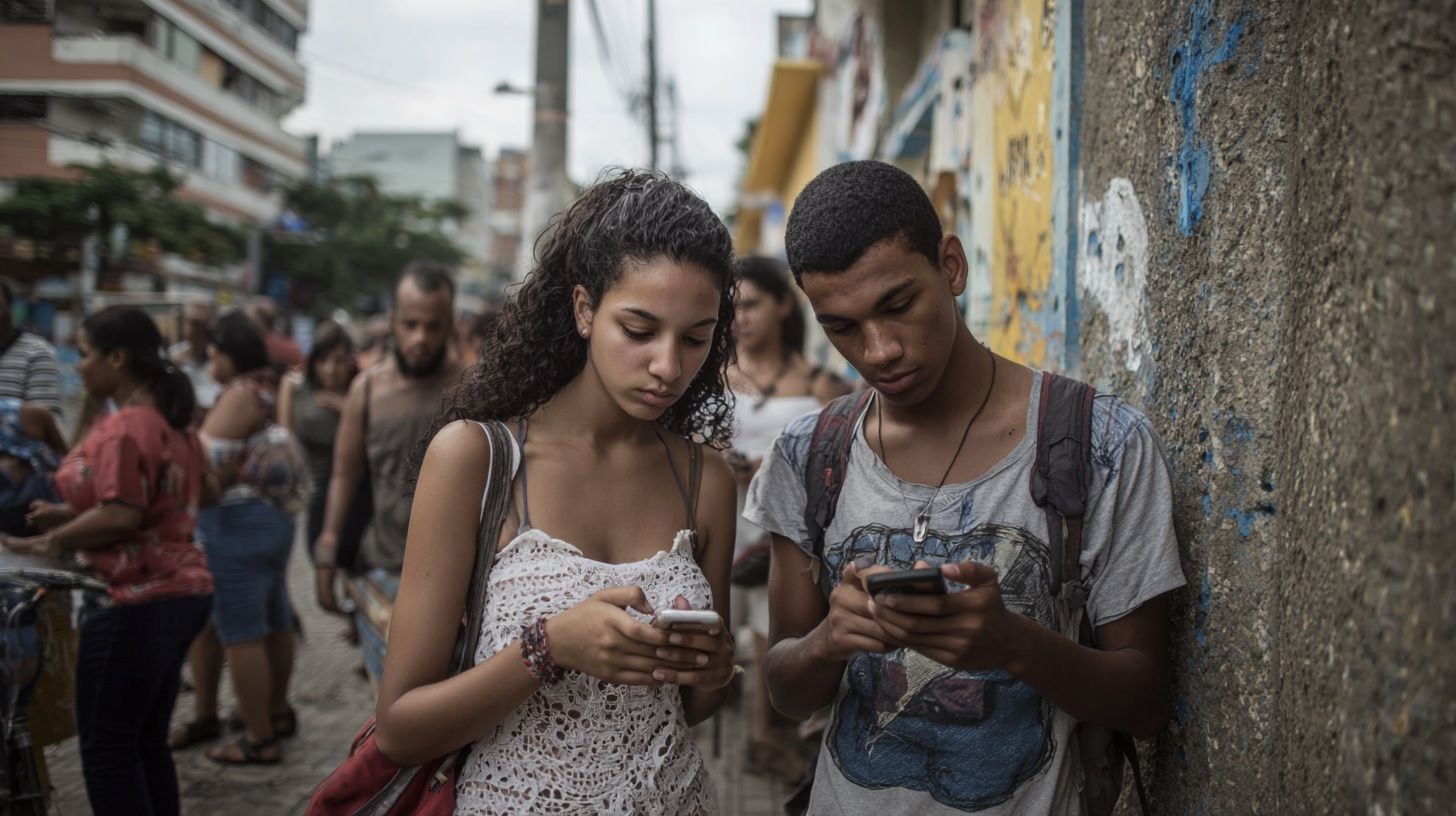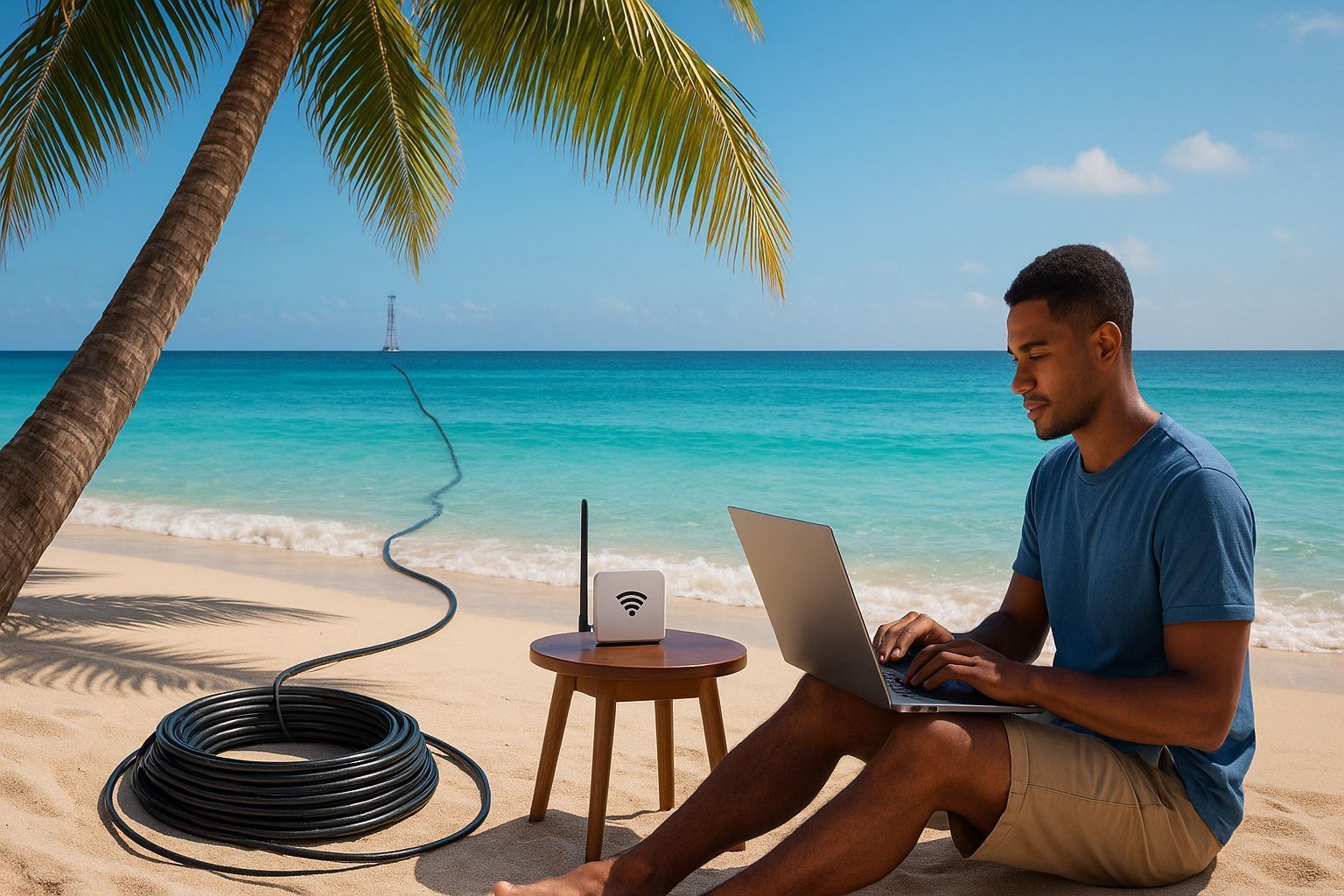
Mauritius Online: How a Paradise Island is Beaming Broadband (Even from Space)
As of early 2025, about 1.01 million Mauritians used the internet, representing roughly 79.5% of the population. By 2024 Mauritius had over 2.2 million internet subscriptions, about 178 per 100 inhabitants, indicating many people hold multiple connections. Mauritius completed 100%










